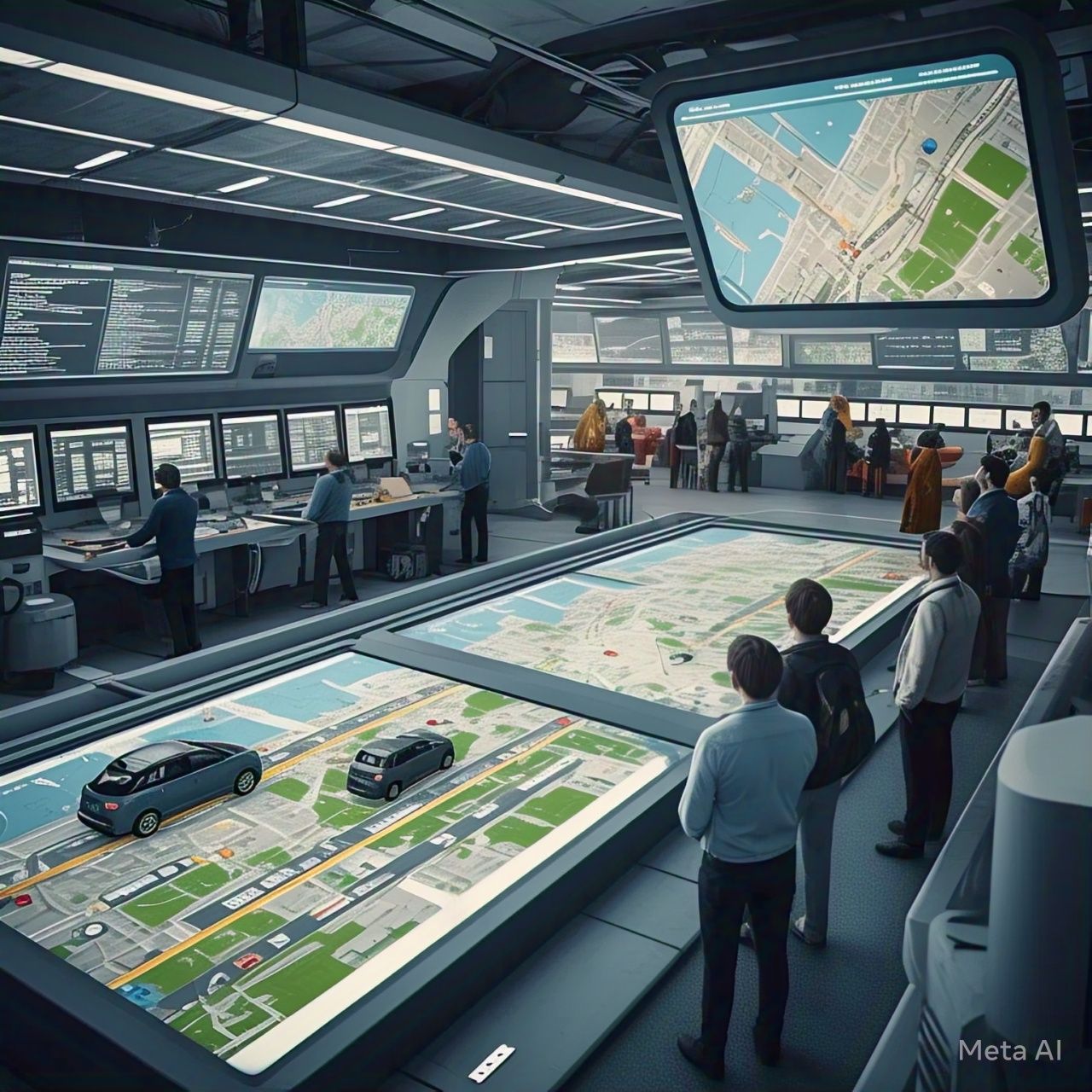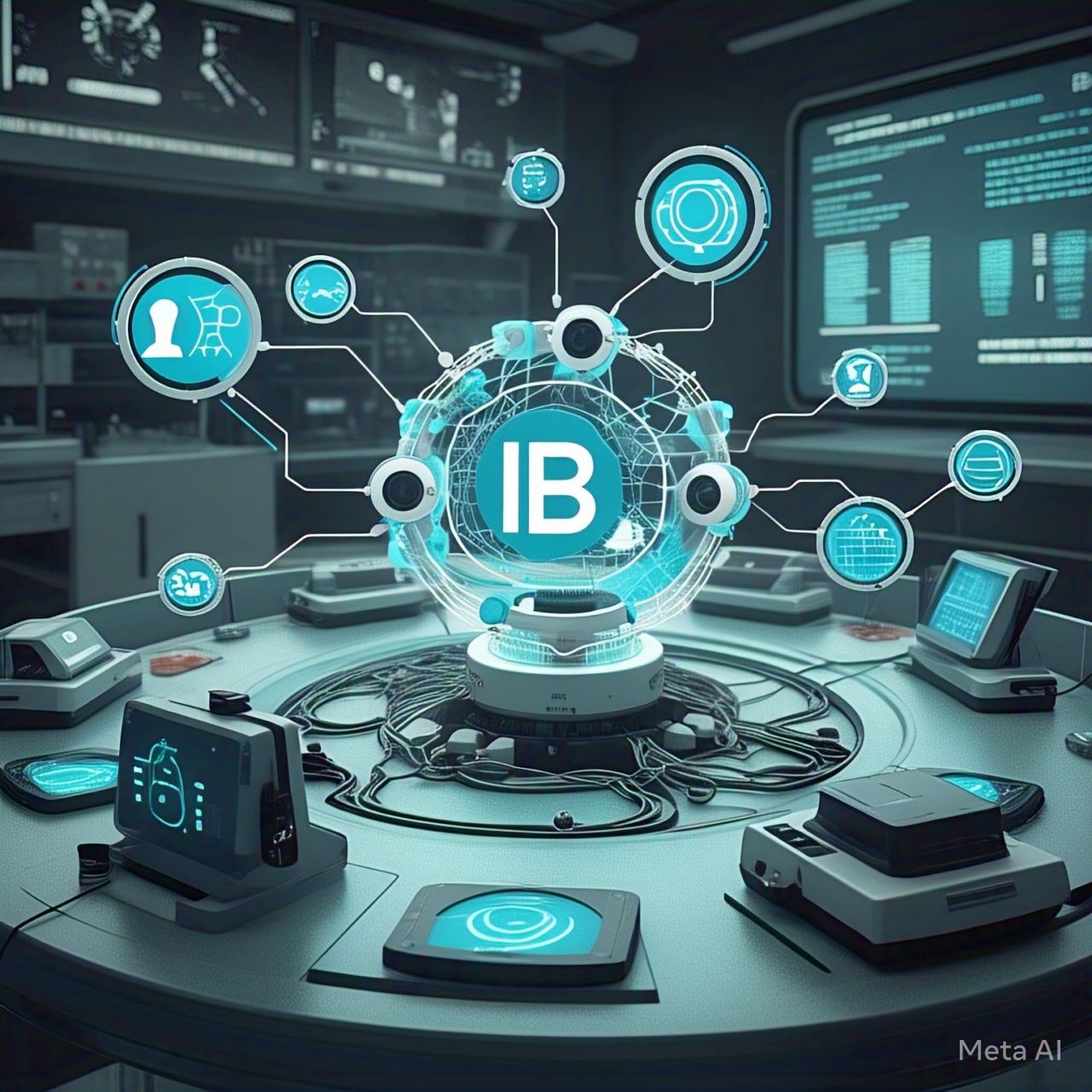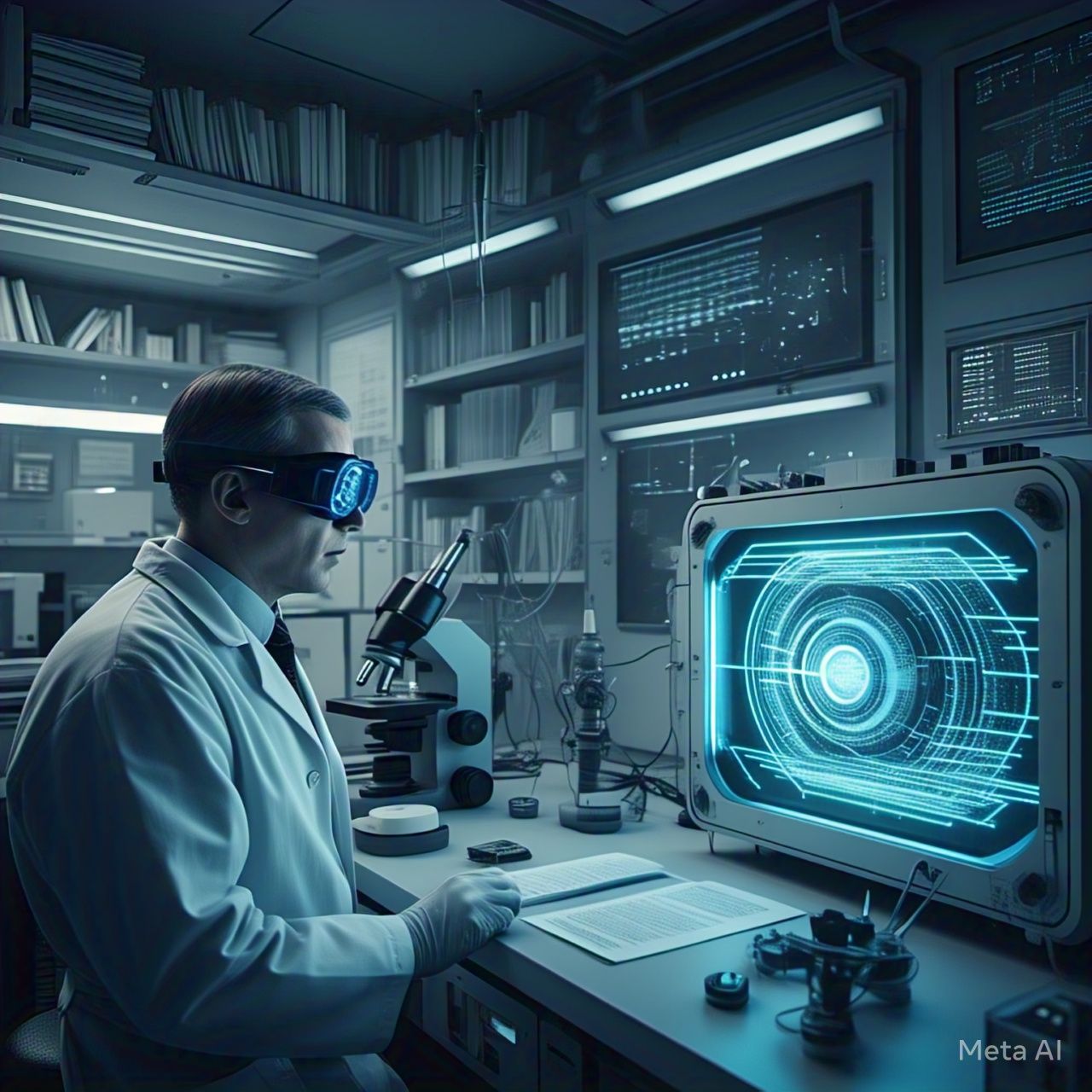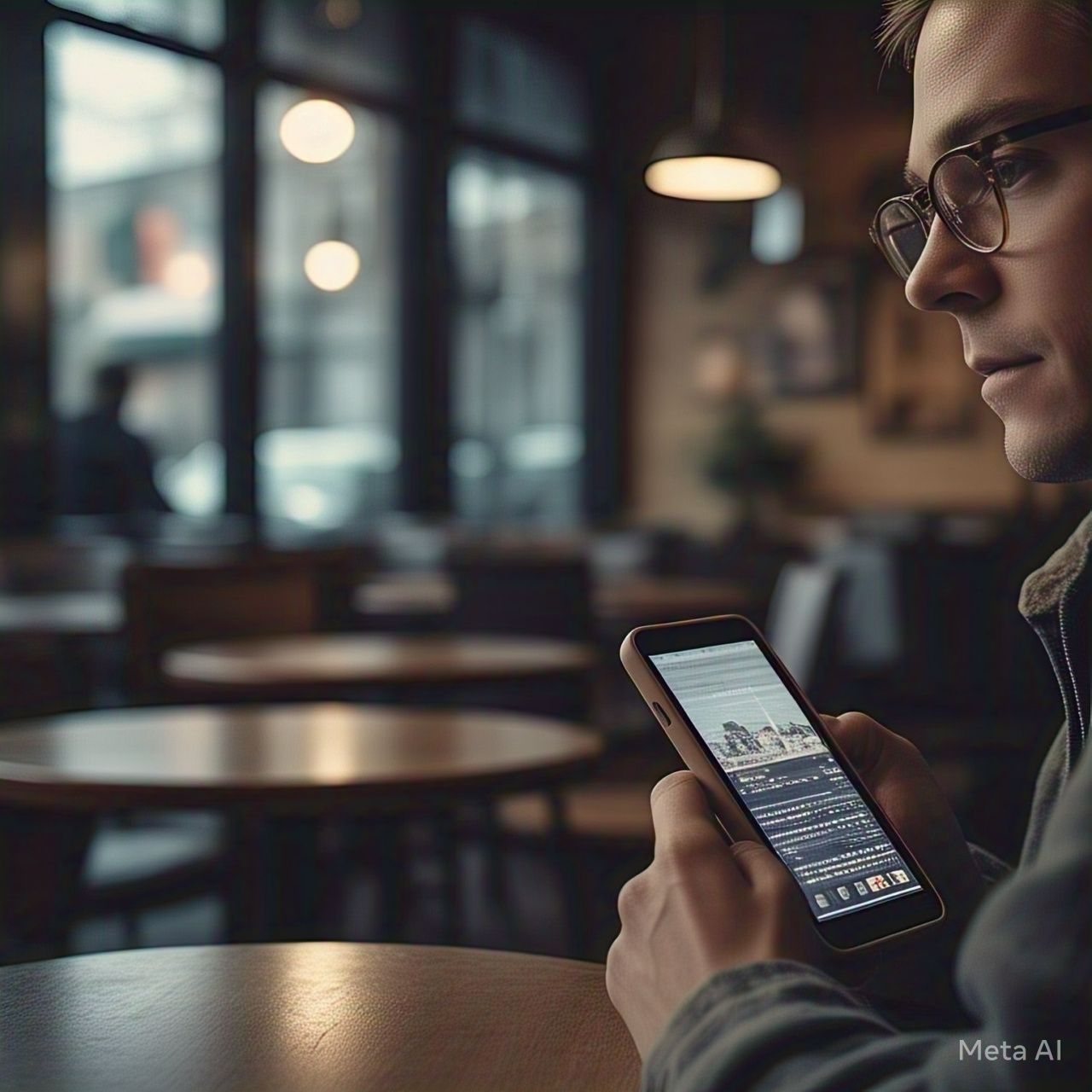Table of Contents
- Introduction
- The Role of AI in Urban Mobility
- AI-Powered Traffic Management Systems
- Smart Public Transportation Optimization
- Predictive Analytics for Traffic Flow
- AI in Ride-Sharing and On-Demand Transport
- AI-Driven Infrastructure Planning
- Challenges and Limitations of AI in Urban Mobility
- The Future of AI in Reducing Travel Time
- Conclusion
- FAQs
1. Introduction
As cities grow and populations rise, urban mobility faces increasing challenges. Traffic congestion, inefficient public transport, and unpredictable travel times make commuting a daily struggle. AI is stepping in to revolutionize transportation, utilizing smart algorithms to optimize traffic flow, reduce congestion, and enhance commuter experiences. This article explores how AI is shaping the future of urban mobility and whether it can significantly reduce travel time.
2. The Role of AI in Urban Mobility
AI enhances urban transportation through machine learning, predictive analytics, and real-time data processing. Key applications include:
- Traffic signal optimization to reduce congestion.
- Public transit scheduling for increased efficiency.
- AI-powered navigation for real-time route adjustments.
- Autonomous vehicle integration for improved mobility.
- Smart infrastructure planning based on data-driven insights.
AI’s ability to process vast amounts of traffic data in real time makes it a powerful tool for optimizing city travel.
3. AI-Powered Traffic Management Systems
Traditional traffic management relies on fixed schedules and manual interventions, leading to inefficiencies. AI-powered traffic systems utilize:
- Real-time sensor data to detect congestion.
- Machine learning algorithms to predict peak-hour traffic.
- Adaptive traffic signals that dynamically adjust based on flow.
Table: Traditional vs. AI-Enhanced Traffic Systems
| Feature | Traditional Traffic Systems | AI-Enhanced Traffic Systems |
|---|---|---|
| Traffic Signal Control | Pre-set timings | Adaptive real-time adjustments |
| Data Utilization | Historical data | Live traffic and predictive analytics |
| Congestion Response | Manual adjustments | Automated optimization |
| Accident Detection | Delayed response | Instant AI-driven alerts |
AI reduces stop-and-go traffic, minimizing travel delays and improving road efficiency.
4. Smart Public Transportation Optimization
AI transforms public transportation by:
- Optimizing bus and train schedules based on commuter demand.
- Providing real-time passenger updates for better trip planning.
- Enhancing route planning by analyzing travel patterns.
- Enabling predictive maintenance to prevent breakdowns.
With AI-driven transit management, public transport becomes more efficient, reducing overall travel time and increasing reliability.
5. Predictive Analytics for Traffic Flow
AI leverages predictive analytics to anticipate congestion and suggest alternative routes. This involves:
- Analyzing past traffic data to predict peak hours.
- Detecting potential bottlenecks before they occur.
- Providing AI-driven route recommendations to drivers.
By forecasting congestion, AI helps reduce unnecessary delays and improves traffic efficiency.
6. AI in Ride-Sharing and On-Demand Transport
AI has revolutionized ride-sharing services such as Uber and Lyft by:
- Matching passengers with optimal routes to reduce wait times.
- Dynamic pricing algorithms to balance demand and supply.
- AI-powered fleet management to optimize vehicle distribution.
- Reducing traffic congestion by maximizing vehicle occupancy.
Smarter ride-sharing algorithms reduce travel time by ensuring more efficient routes and passenger coordination.
7. AI-Driven Infrastructure Planning
AI assists in designing urban infrastructure to support smoother mobility by:
- Analyzing commuter behavior to determine traffic hotspots.
- Optimizing road expansion projects based on data trends.
- Improving pedestrian and cyclist infrastructure for alternative transportation.
- Integrating smart city technology for long-term urban planning.
Through AI-driven insights, cities can build better infrastructure that minimizes congestion and travel delays.
8. Challenges and Limitations of AI in Urban Mobility
Despite its benefits, AI faces several challenges in urban mobility:
- High Implementation Costs – Upgrading traffic infrastructure for AI integration is expensive.
- Data Privacy Concerns – AI relies on tracking and data collection, raising ethical issues.
- Cybersecurity Risks – AI-powered traffic systems are vulnerable to hacking.
- Dependence on Reliable Data – AI accuracy depends on high-quality real-time data.
- Regulatory Barriers – Legal and policy restrictions may slow AI adoption.
Overcoming these challenges is essential for fully realizing AI’s potential in urban mobility.
9. The Future of AI in Reducing Travel Time
The future of AI-driven urban mobility includes:
- Fully autonomous traffic management systems for seamless congestion control.
- AI-integrated smart highways with real-time adaptive lanes.
- Expanded AI ride-sharing networks for enhanced efficiency.
- AI-assisted drone transport to reduce ground congestion.
With continued advancements, AI will play a crucial role in shaping the future of transportation.
10. Conclusion
AI is transforming urban mobility by optimizing traffic management, improving public transportation, and enhancing ride-sharing efficiency. While challenges exist, ongoing innovations in AI-driven systems hold the potential to significantly reduce travel time and improve commuting experiences. As cities continue to adopt AI technologies, urban transportation will become smarter, faster, and more efficient.
11. FAQs
1. How does AI reduce traffic congestion?
AI analyzes real-time traffic data, adjusts signal timings dynamically, and provides predictive route recommendations to minimize congestion.
2. Can AI improve public transportation efficiency?
Yes, AI optimizes transit schedules, reduces delays, and enhances passenger experience by providing real-time updates and demand forecasting.
3. How does AI benefit ride-sharing services?
AI-powered algorithms match passengers efficiently, optimize routes, and balance supply and demand, reducing wait and travel times.
4. What are the challenges of implementing AI in urban mobility?
Challenges include high costs, data privacy concerns, cybersecurity risks, regulatory issues, and the need for accurate data inputs.
5. What is the future of AI in urban transportation?
Future innovations include autonomous traffic management, AI-integrated smart highways, drone transport, and expanded AI ride-sharing networks.
Citations:
- World Economic Forum – AI and Smart Mobility
- International Transport Forum – AI in Urban Transportation
- MIT AI Lab – Machine Learning in Traffic Optimization
- Smart Cities Council – AI and Public Transport
- National Highway Traffic Safety Administration (NHTSA) – AI and Traffic Efficiency





